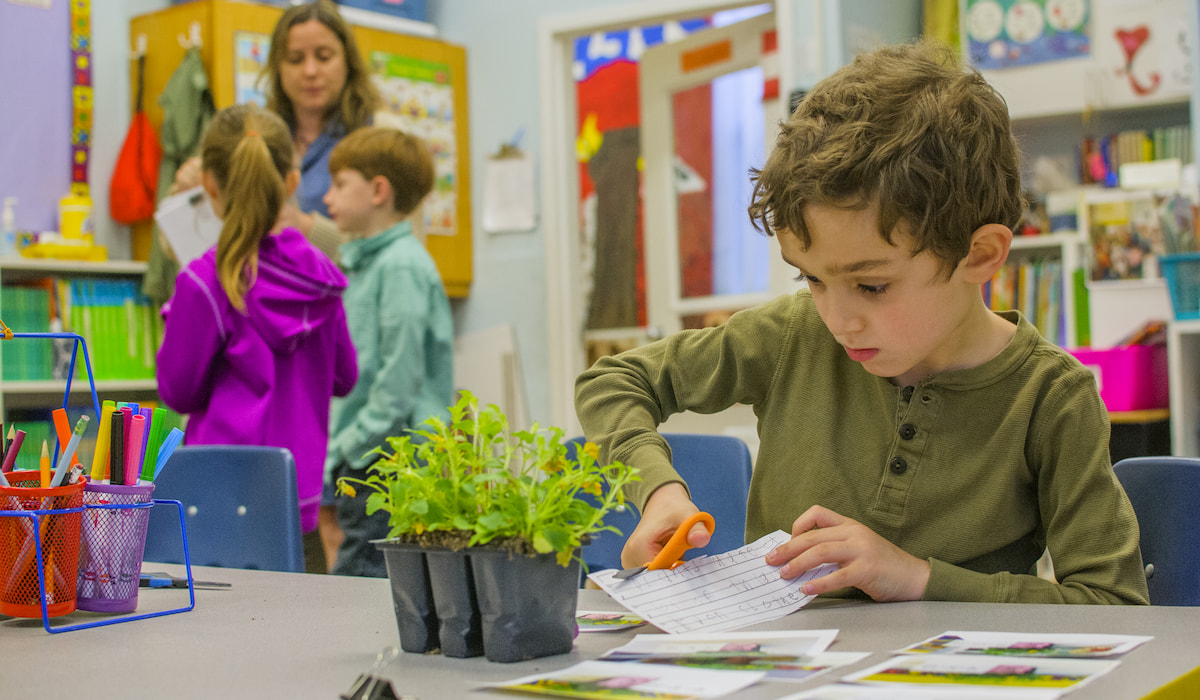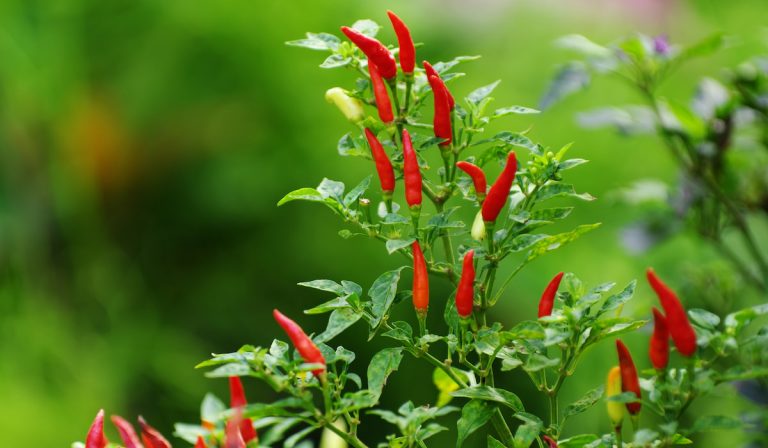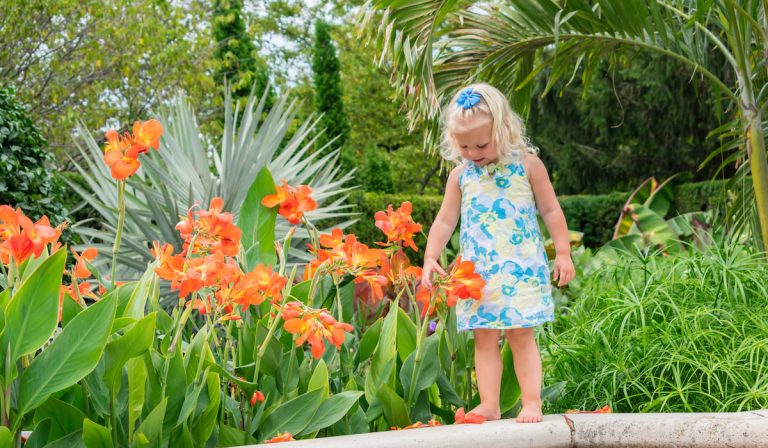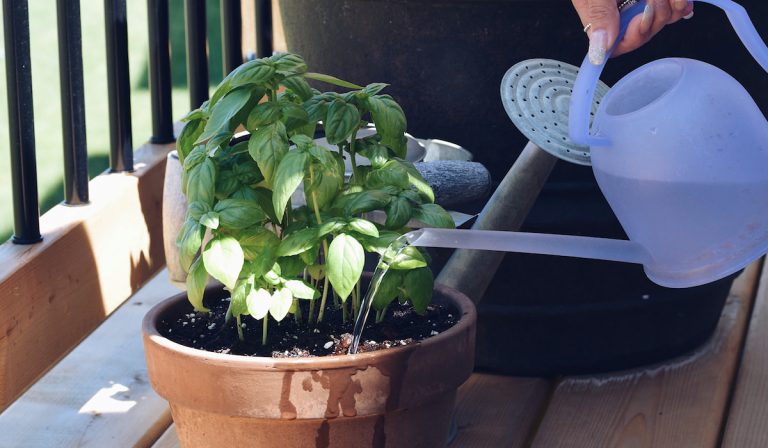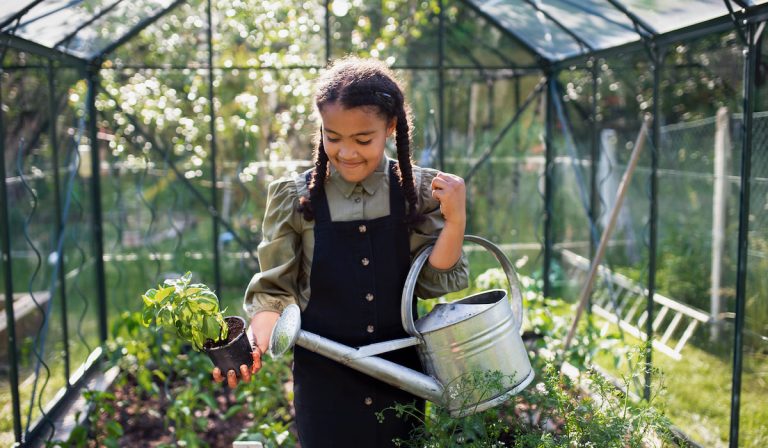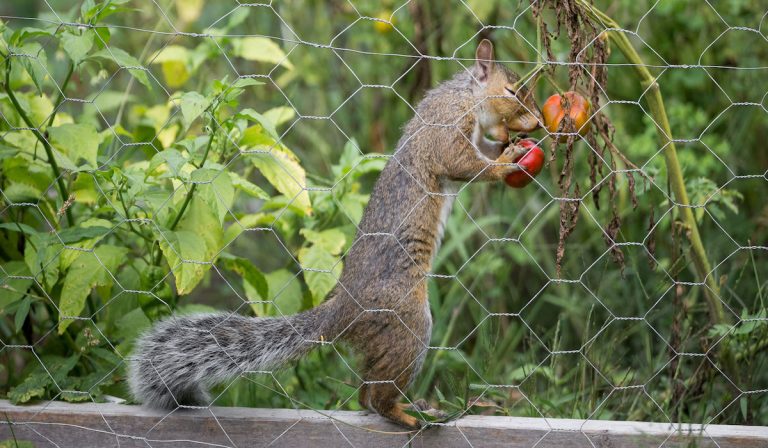Seeds that Grow Fast for Science Projects
I don’t know about you, but I love science projects so much. You get to see life for the way it is and try out new things. My favorite science projects are those for which I have to grow different plants to find out the best conditions for them to thrive.
If you have a plant science project, you need to choose plants that germinate and grow quickly. What are some examples of plant seeds that grow fast? Read this article.
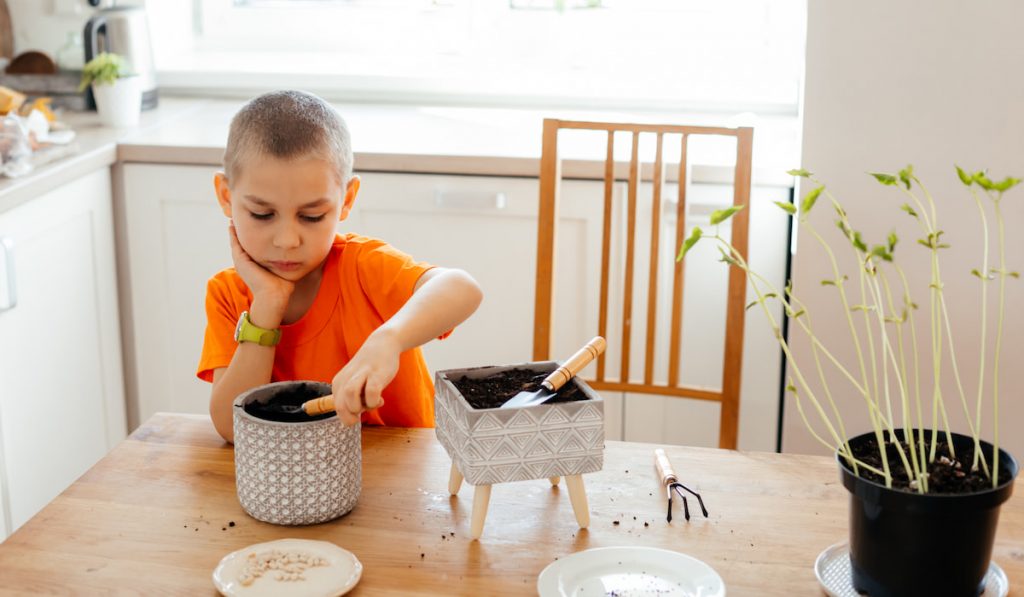
Table of Contents
Awesome Seed Ideas for Science Projects
If you have a science project about plants, there are a lot of things that you have to put into consideration when selecting your seed of choice.
Some conditions for great plants in any science project are:
- Days to Germinate: How many days would the seed need to germinate? You need seeds that germinate quickly so that you can start your experiment when they germinate or plant new seeds if the ones you planted fail to germinate.
- Growth Performance: How fast does the plant grow after germination? You need fast-growing plants so that you can complete your project before the end of the semester.
- Plant Popularity: For your science project, you should use plants that are popular in your area.
- Optimum Conditions Needed: Is your plant a warm or cool-season crop? Can your seed of choice grow in the current season?
- Response to Environmental Conditions: How fast does your plant of choice respond to certain environmental conditions?
Well, now you do not have to worry so much about which plant to use for your science project. Some great ideas are listed in this article for you. The plants listed in this article grow quickly and are easy to take care of.
Here are awesome ideas for you:
1. Peas and Beans
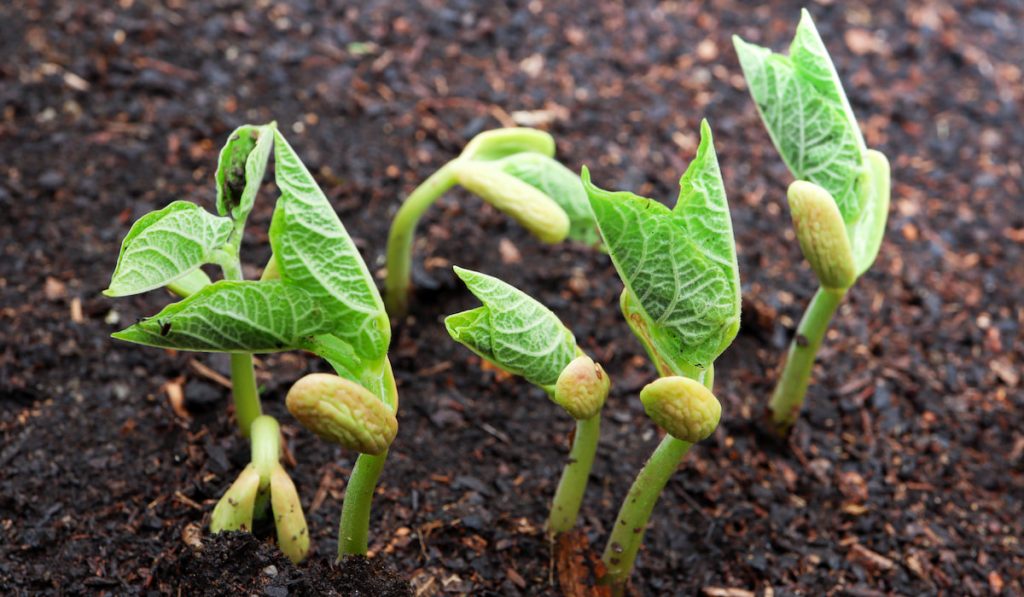
Peas and beans, though not the same plants, are in the same family (Fabaceae).
Both plants are legumes, so they do not need as much nitrogen in fertilizers as other plants. Both plants can germinate in 2-3 days in warm soil and seasons but take much longer when the temperature is cooler.
2. Radishes
Radishes can be harvested early for their leaves or late for their tubers. They germinate in 6-8 days.
If you are looking for a root vegetable for your science project, radishes make a great fit. Note that you’d have to wait for 3-5 weeks (according to the variety) after planting to harvest the tuber.

3. Grains
Grains (or cereals) are fast germinating crops. According to the grain species used, you can start your science project in less than 10 days.
Some examples of grains are:
- Oats
- Millet
- Barley
- Wheat
- Sorghum
You can even get your science project result in less than 10 days if you are working on hydroponic fodder (as animal feed). Awesome, right?
4. Melons
Plants in the family Cucurbitaceae (cucurbits) generally have a fast germination rate. They are mostly gourds with water-filled fruits.
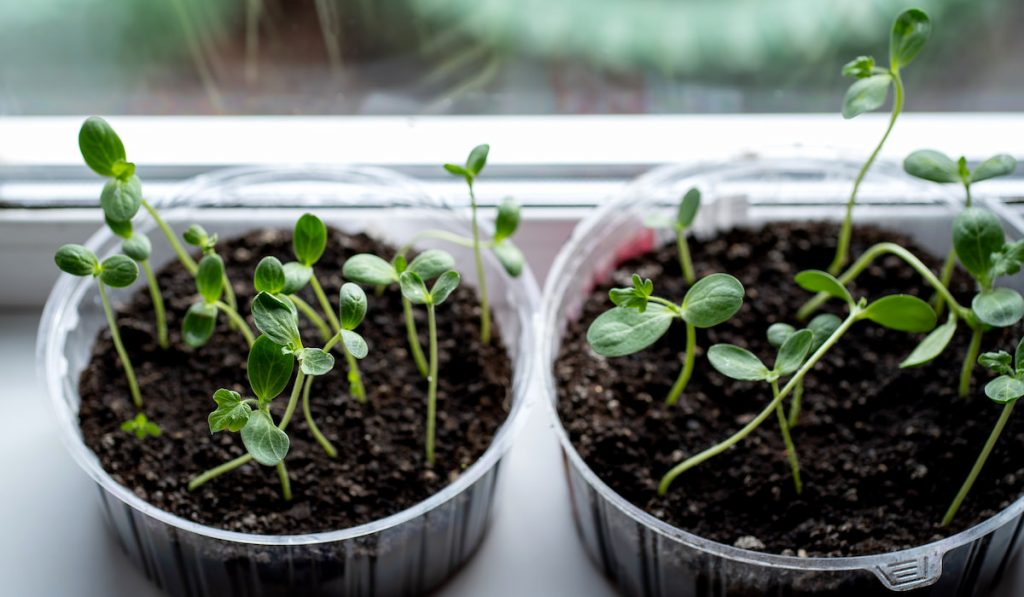
Examples of plants in the melon family are:
- Cucumbers
- Watermelons
- Cantaloupes
- Muskmelons
- Squash
These plants germinate (5-10 days) and grow quickly, but you have to wait for 3-4 months to get their fruits.
5. Cabbages
Plans in the Brassicaceae (or mustard) family are known for their fast growth and germination rate (3-5 days). Examples of mustard plants are:
- Kale
- Broccoli
- Collards
- Cabbages
- Brussels sprouts.
Plants in the mustard family are recommended for your science experiment because you can harvest them whenever you want.
What plant will you use for your science project?
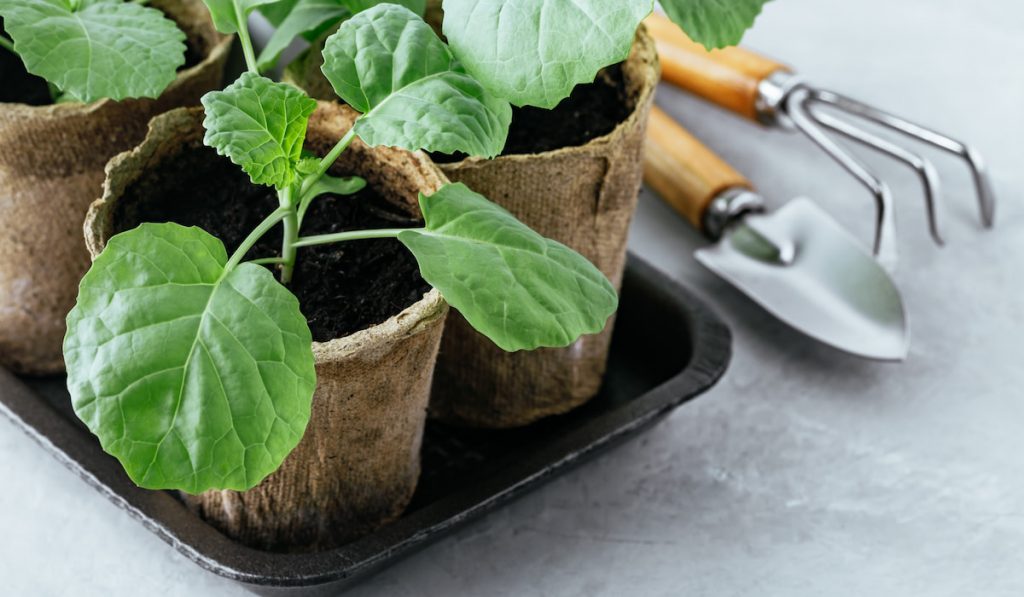
What Plant Should You Use for Your Science Project?
Between the plants listed above, which should you work with? Well, it depends on the kind of plant that you need and how long your project would last.
The table below sums up everything:
| Plant | Type | Days to Germinate | Notes |
| Peas and Beans | Legume | 2-10 | They do not need as much nitrogen as other plants. They grow better in warm soil and seasons. |
| Radishes | Root and leafy greens | 6-8 | A great choice if you need root plants. Also an excellent choice for leafy greens. |
| Grains | Cereals | 3-10 | An excellent idea, especially for fodder experiments. |
| Melons | Fruits | 5-10 | Water-filled fruits. You get to enjoy their fruits after your project is finished (if it is safe to eat). |
| Cabbages | Leafy greens | 3-5 | They germinate and grow quickly. |
You should choose your plant based on how quickly it germinates, the type of the plant, and other factors. Remember to choose a plant that can grow in the current season.
Awesome Plant Science Project Ideas
Do you need some plant project ideas? Here are some examples:
1. Symptoms of Nutrient Deficiency in Plants
In this project, you want to find out the symptoms that plants show when they lack a specific nutrient. Some nutrients that plants need are:
- Iron
- Sulfur
- Calcium
- Nitrogen
- Potassium
- Phosphorus
- Magnesium
The best way to get great results in this project is to grow your plants in a soilless medium (such as hydroponically) and feed them with nutrients that do not include the one you are testing for.
For example, if you are testing for the lack of nitrogen symptoms of plants, you should feed your plants with fertilizers that have every nutrient that plants need except nitrogen.
At the end of this project, you will easily identify plants that lack a specific nutrient, tell what nutrients they lack, and also generate a list of nutrient deficiency symptoms in plants.
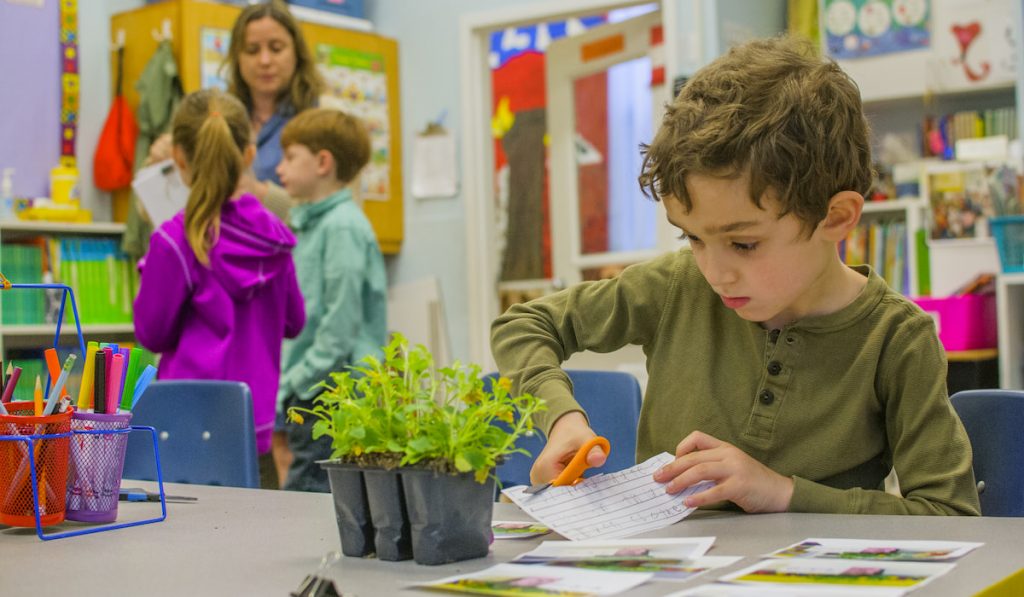
2. Optimum Age of Animal Manure Used as Source of Nutrients for Plants
You know that animal manure is a great source of nutrients for plants. Animals such as cows, ducks, goats, sheep, chickens, etc. produce nutrient-rich manure that can sustain plants without supplement. The downside of using animal manure, however, is that if it is fresh, it can burn plants.
Fresh animal manure can burn plants because of the heat generated during decomposition and also because too many nutrients are released at once, so you may be giving your plants more than what they need.
Expert gardeners suggest that you should expose your animal manure to the sun for a week before you use it.
Some say that you do not have to wait that long while others say that one week is not enough. For how long should you wait before you use animal manure as organic fertilizer?
In your science project, you will have to apply animal manure of different ages to different groups of plants.
This means that you will have a group of plants that you will give day-old manure while you have other groups receiving animal manure of different ages. You can a group of plants that receive up to 2 weeks old animal manure.
At the end of the project, you can tell the best age of animal manure for plants. Note that the kind of animal manure used and plant tested determines your result.
3. Best Conditions for Germination of Seeds
What should a seed pass through or be submerged in to germinate quickly? Here are some suggestions that you can confirm with your science experiment:
- Scratching Seeds: Some people scratch seeds with sandpaper and other sharp objects. You can test the effectiveness of this practice by planting scratched and unscratched seeds in different containers (but the same kind of medium and depth of hole) to see which will germinate first.
- Soaking Seeds in Acid: Some gardeners suggest that you should soak seeds in acid before planting as the acid will make the seed shell very soft. Well, would you like to find out how effective this practice is? Remember to think safety first when handling acid.
- Planting Seeds in Newly-Baked Soil: People bake soil to sterilize the soil from bacteria and other organisms that can harm your plants. Some say that when you plant in soil that is still warm from baking, it promotes the quick germination of seeds. Why not find out if this is true?
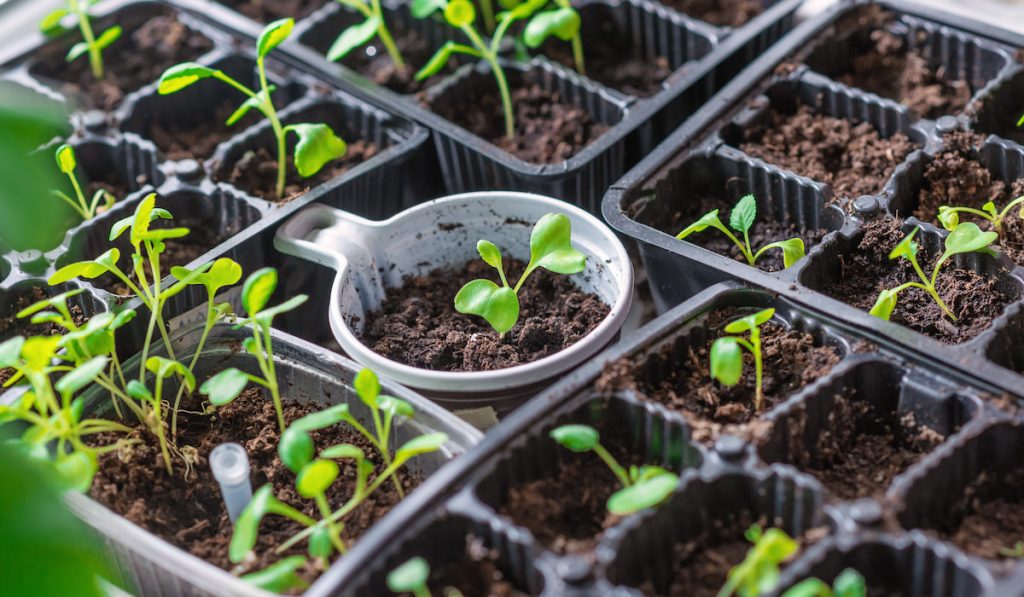
There are several other optimum conditions for seed germination suggested by gardeners that you can confirm or not.
4. Find Out If Legumes Can Survive In A Nitrogen-Depleted Soil
Legumes are plants under the family Fabaceae. The most popular feature of legumes is the symbiotic relationship that they have with the Rhizobium bacteria.
Examples of legumes are:
- Peas
- Beans
- Clover
- Alfalfa
- Peanuts
- Tamarins
With the help of Rhizobium, legumes can produce nitrogen. This means that legumes do not rely on the nitrogen found in soil. How true is that?
In your science project, you will plant some legumes in nitrogen-rich soil and others in nitrogen-depleted soil.
During the experiment, you have to compare the growth of the different groups of legumes and also check for nitrogen deficiency symptoms in the legumes grown in nitrogen-depleted soil.
At the end of your project, you can tell gardeners if using nitrogen fertilizer for their legumes is needed or not.
5. Best Brand of Fertilizer in Your Area

There are so many brands of fertilizers and each brand promises the best growth performance of your plants. Which fertilizer brand is best for plants? You can find out through your science experiment.
In your project, you will plant several groups of plants (in different containers) and use different fertilizer brands in each container.
You will then compare the growth performance of each group and record the average plant height, leaf size, and other quantifiable data.
At the end of your project, you will easily tell the best fertilizer brand in your area. Note that the price of a brand should influence your result as you can get some brands of fertilizer twice the price of others.
Awesome plant science projects, right? Which science project will you work on?
Final Thoughts
It is a great idea to work with plants in your science project. Just make sure to use the right plant so that you will get factual results. If you do not have a project topic, you can work with the few suggestions in this article.

